Story and photos by Stefanus Ian/Red Sports.
Tiong Chuan Yao (MJC #6) making a pass in traffic. (Photo 1 by © Stefanus Ian/Red Sports)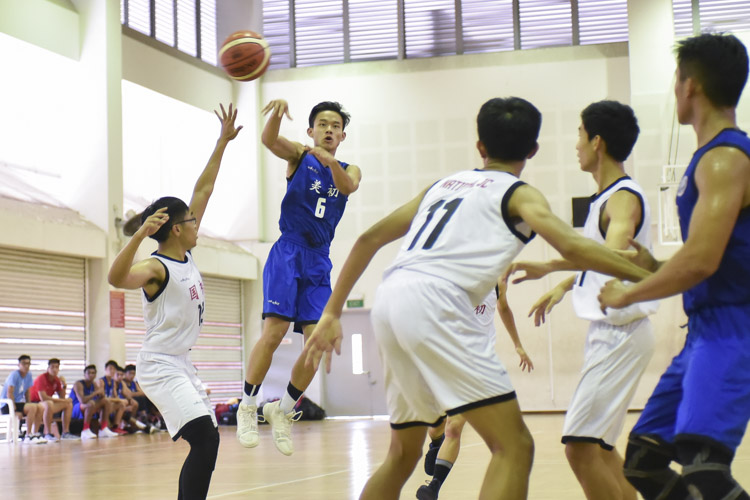
National Junior College, 2018, March 13 — With only seconds left in the final quarter, Tiong Chuan Yao (MJC #6) still had fire in his eyes as he dribbled with the ball. Stopping just beyond the arc, he looked up and shot the ball. The referee held three fingers in the air as the ball sinks mere milliseconds before the buzzer sounded.
He might have beaten the buzzer but Chuan Yao’s shoulders still slumped. His team, Meridian Junior College (MJC) had lost 63-59 against National Junior College (NJC) in the last match of the 2018 National Youth Sports Institute (NYSI) JC Basketball League. The result meant NJC clinched second place in Group A while MJC had to settle for third, with traditional powerhouse Hwa Chong Institution in first place.
Conducted in the basketball hall of NJC, with only their fellow teammates as spectators, the match was merely part of the pre-season programme organised by NYSI. Although it was just a pre-season match, the level of intensity displayed by the players — and even the coaches — clearly showed this meant a lot more to them.
Demand for more playing time
The league is part of NYSI’s efforts to increase the playing time of the tertiary-level athletes and caters to both the Boys and Girls divisions for sports like basketball, football and netball. The tertiary basketball league, which debuted this year, is getting a good reception from the community.
NJC and MJC players hustling for a loose ball. (Photo 2 by © Stefanus Ian/Red Sports)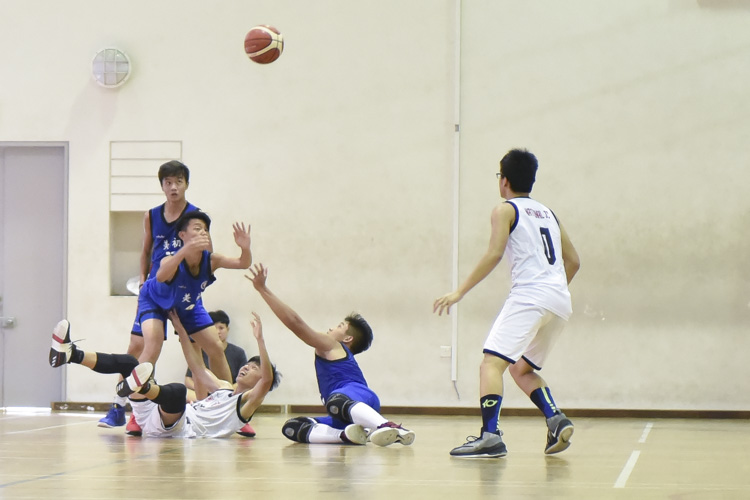
More playing time not only allows more players to play but it also enhances the chemistry of the team as said by Raffles Institution girls’ basketball vice-captain, Rhianne Vaz.
“The league has given us the valuable opportunity to play against other teams and increase our exposure to the game,” she said.
“It has also helped us improve our chemistry and smoothen our gameplay.”
In the past, the RI girls team had to join other tournaments or organised their own friendlies in Taiwan.
More time for development
For the teachers, the league also gives them more opportunities to practice their rotations and in turn, a longer look at the depth of their squad. With fixtures beginning as early as January, this also meant that the squads of some schools will change midway as the J1 students enter their respective schools.
“This league has given us a good chance to play a variety of schools and use the opportunity to rotate our squad so that everyone gets a chance to represent their school on the court,” said Carlsen Tay, who is RI’s teacher-in-charge for basketball.
“We have a big squad for both our teams this year and this league was helpful in us giving sufficient game time especially to the weaker players.”
For Hwa Chong Institution’s basketball teacher-in-charge, Tan Yew Weal, the competition is also a way to test if their trainings are making an impact on the team, especially before the National championship kicks off.
“We could try to execute what we just practiced at training in the same week,” said Tan.
“(The league) has also allowed the schools to play in a less competitive atmosphere and created more interactive chances among players, teachers, and coaches.”
In the boys’ league, the 13 participating schools are divided into two groups, Group A and Group B, with Hwa Chong Institution and Nanyang Junior College topping each respective group. In the girls’ league, the eight participating schools are all grouped together with Hwa Chong Institution topping the table.
More photos of the match between MJC and NJC on the next page



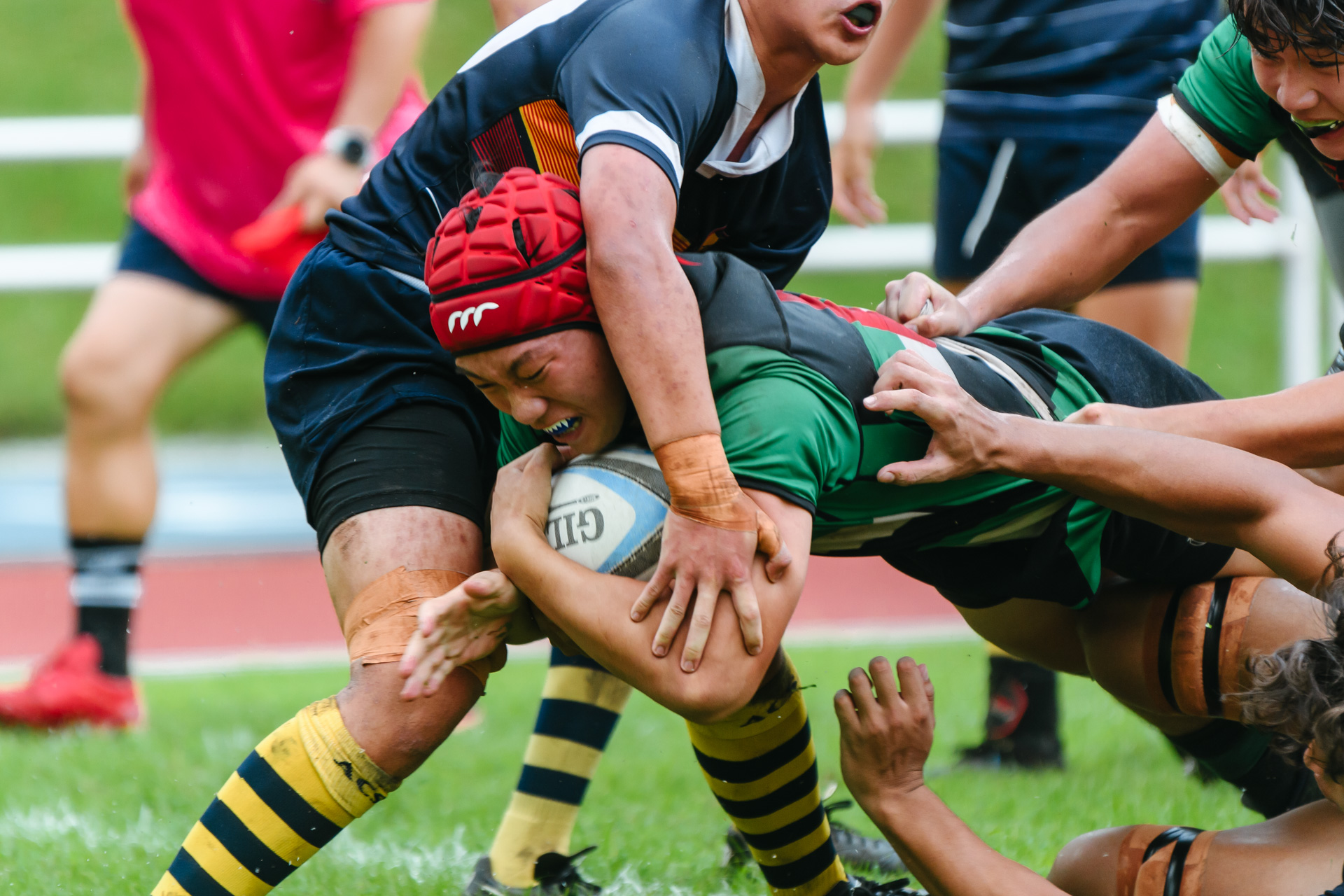
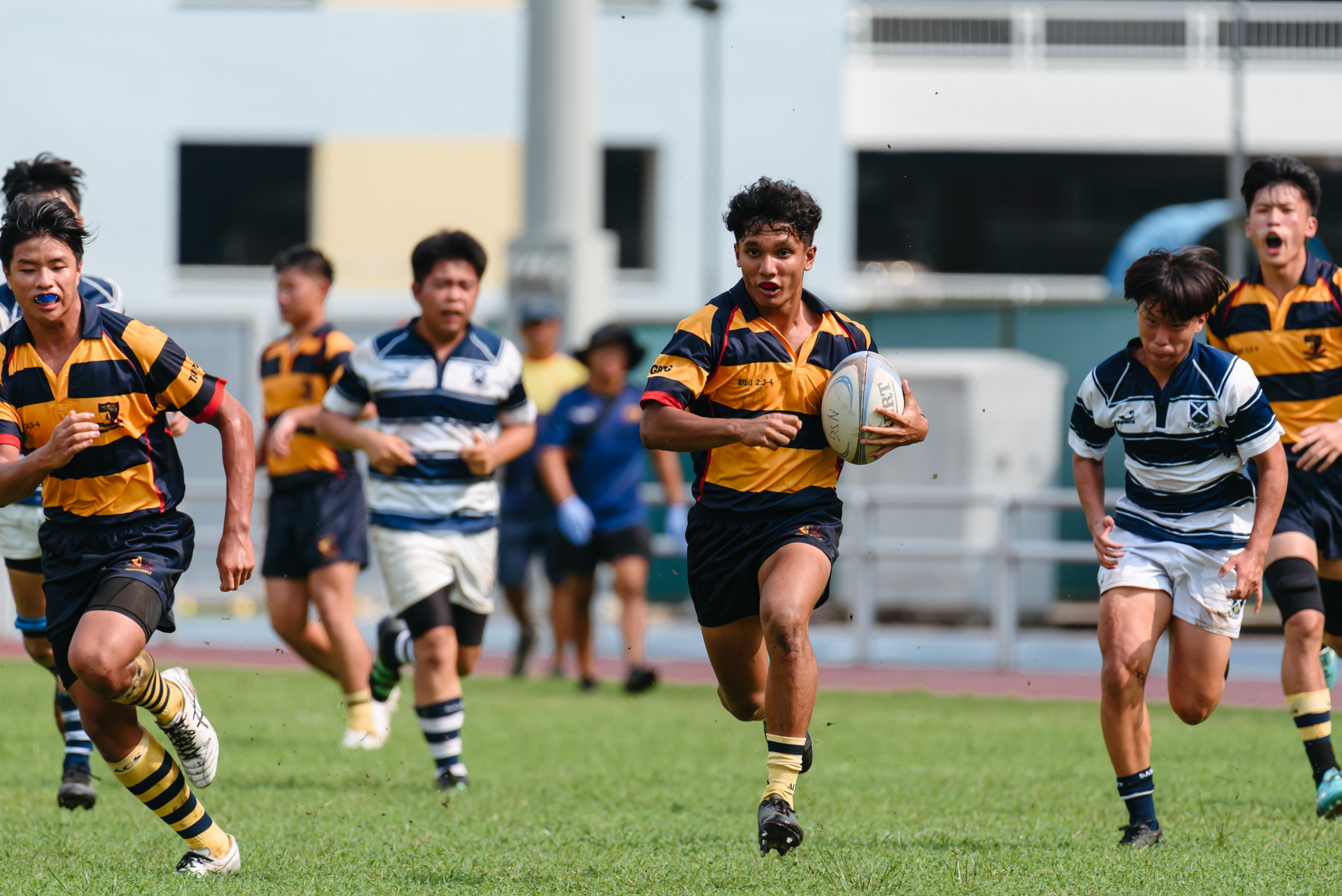
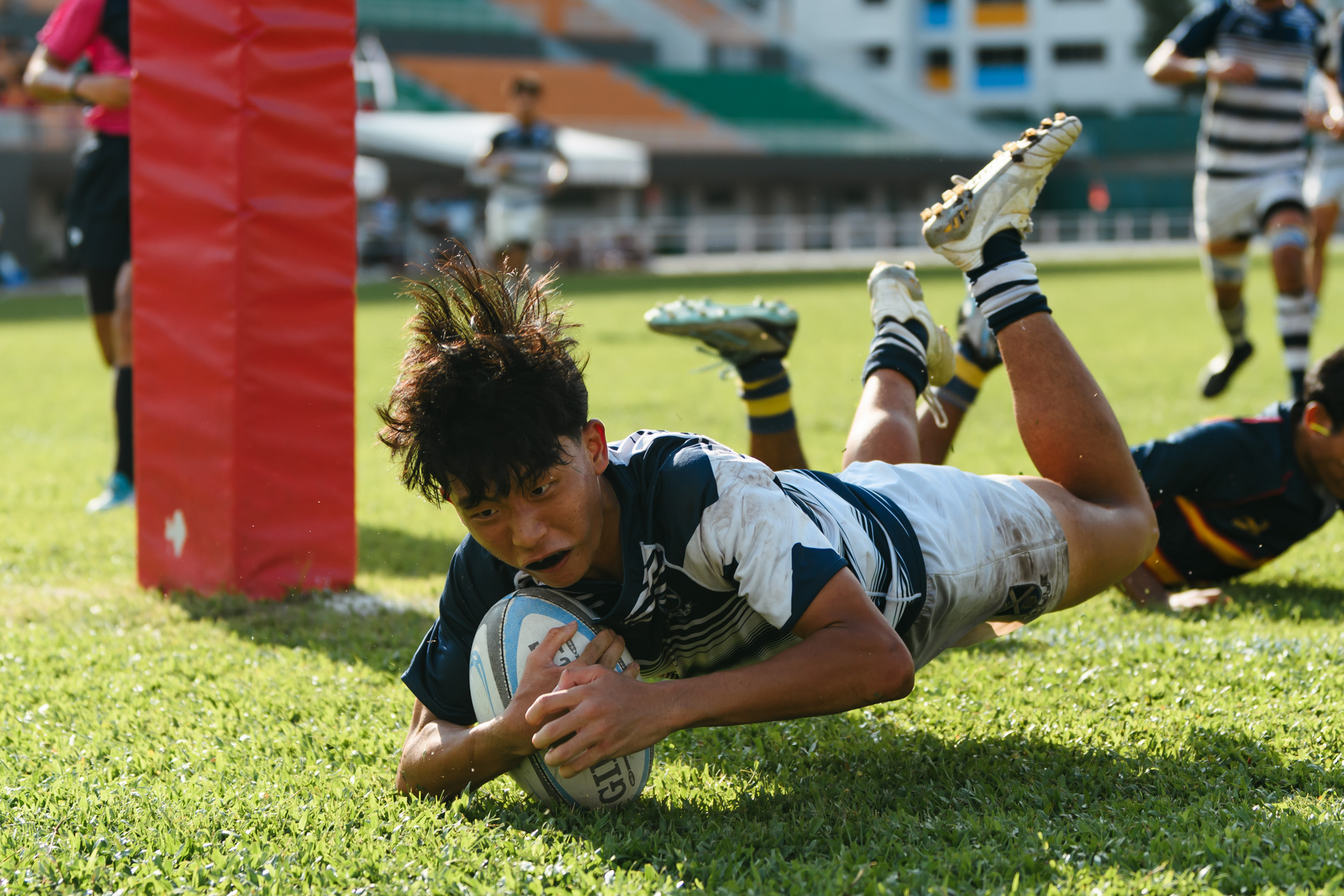

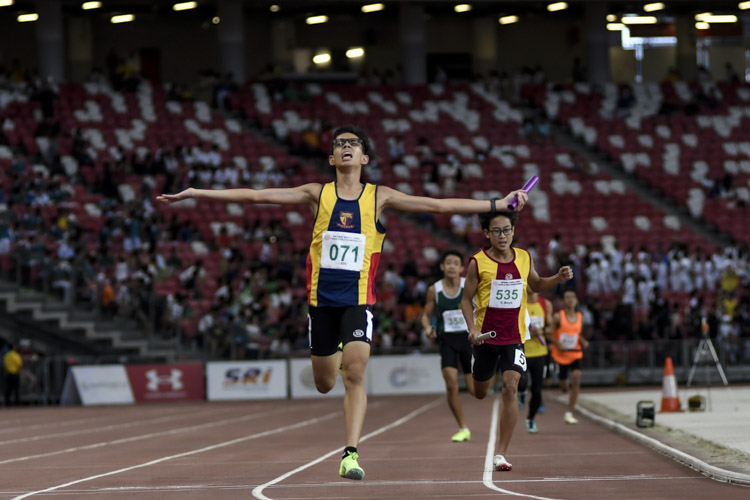
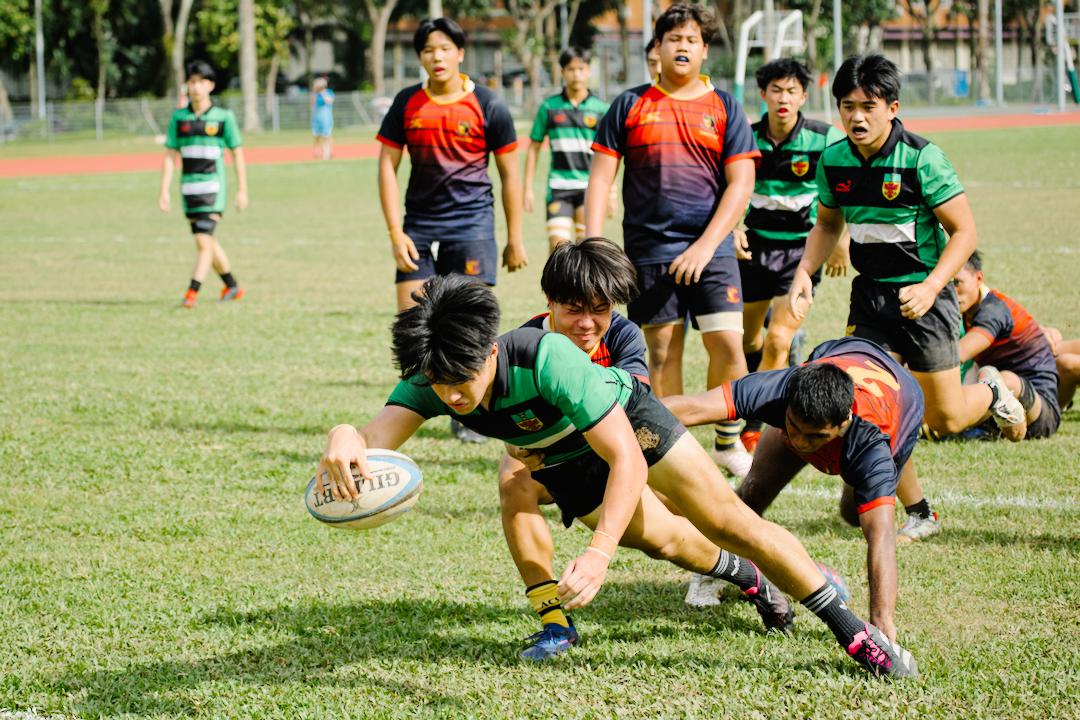
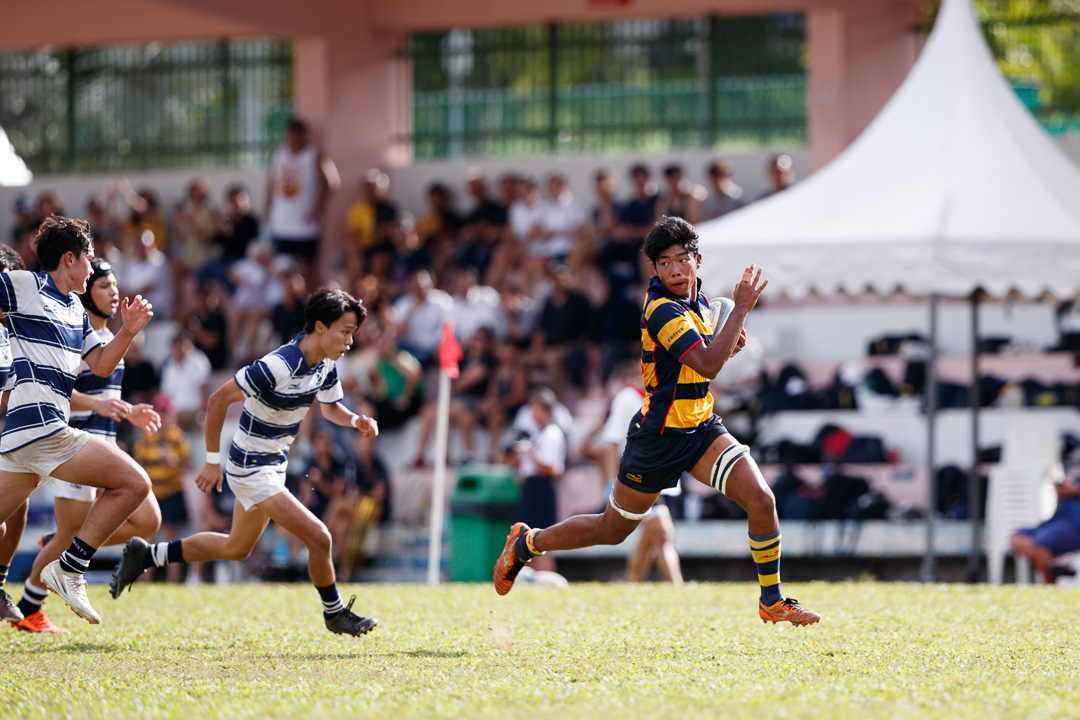
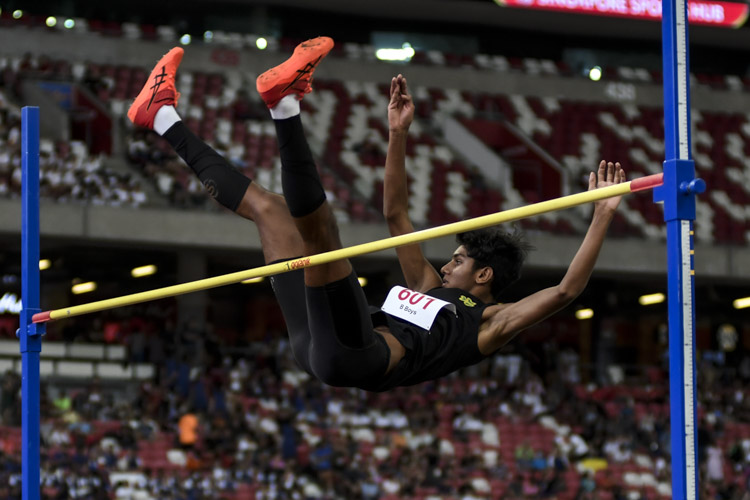
Hi… I believe the MJC #6 player’s name is Tiong Chuan Yao. I used to teach him less than 6 months ago.
Thanks for pointing out Ian, and apologies for the error. We have rectified the post. 🙂